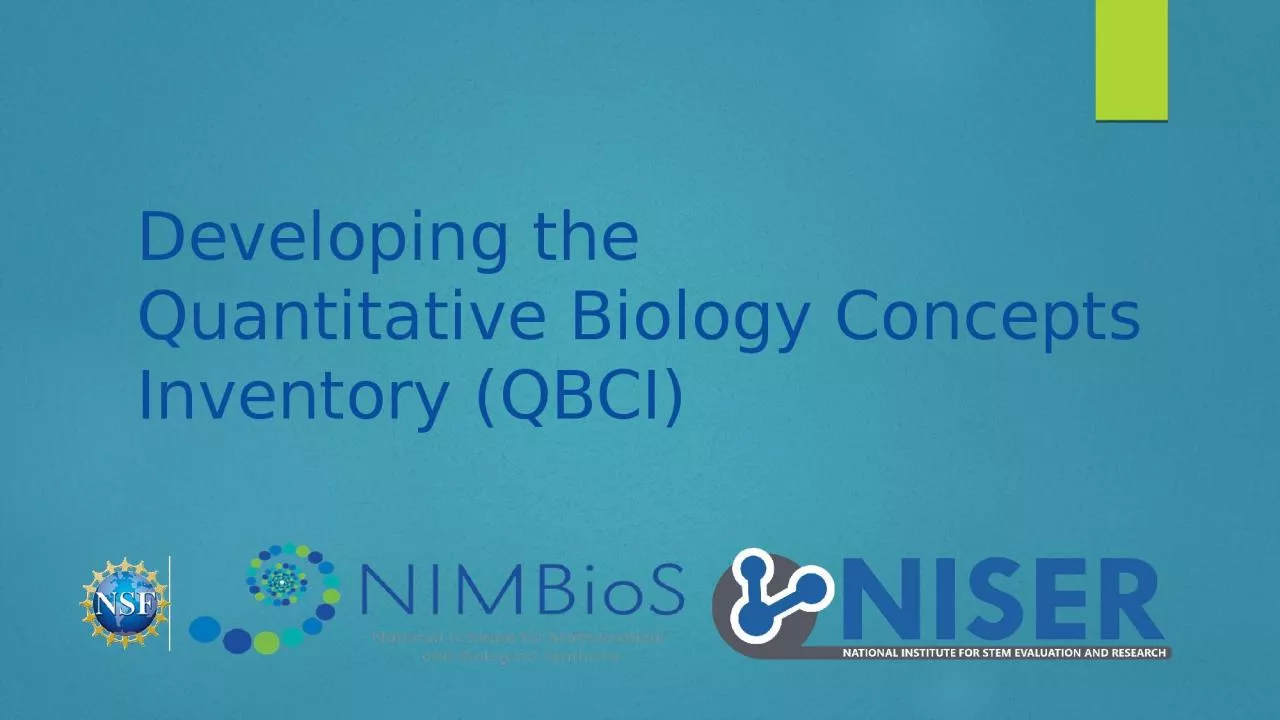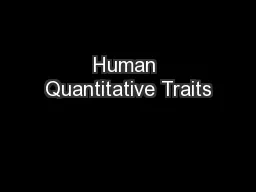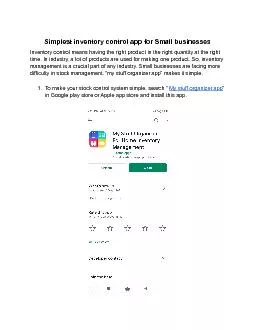PPT-Developing the Quantitative Biology Concepts Inventory (QBCI)
Author : mary | Published Date : 2023-11-23
Research Team NSF EAGER award Pamela Bishop PI Director of NISER NIMBioS Associate Director for STEM Evaluation Louis Gross CoPI Professor Ecology amp Evolutionary
Presentation Embed Code
Download Presentation
Download Presentation The PPT/PDF document "Developing the Quantitative Biology Con..." is the property of its rightful owner. Permission is granted to download and print the materials on this website for personal, non-commercial use only, and to display it on your personal computer provided you do not modify the materials and that you retain all copyright notices contained in the materials. By downloading content from our website, you accept the terms of this agreement.
Developing the Quantitative Biology Concepts Inventory (QBCI): Transcript
Download Rules Of Document
"Developing the Quantitative Biology Concepts Inventory (QBCI)"The content belongs to its owner. You may download and print it for personal use, without modification, and keep all copyright notices. By downloading, you agree to these terms.
Related Documents














